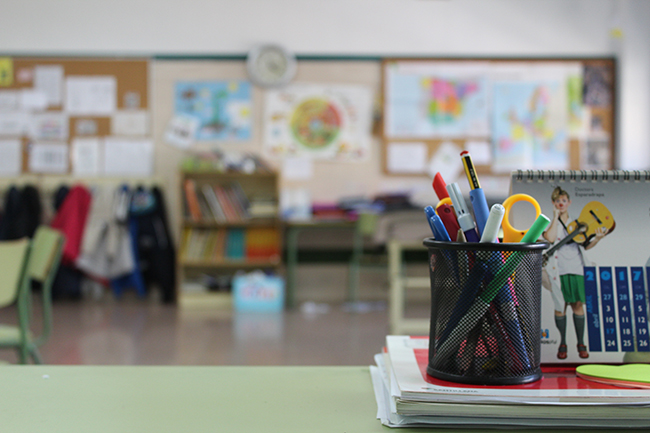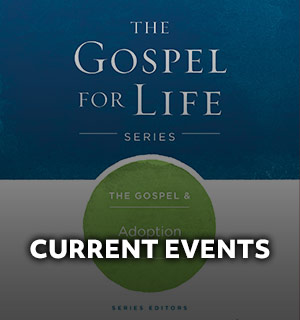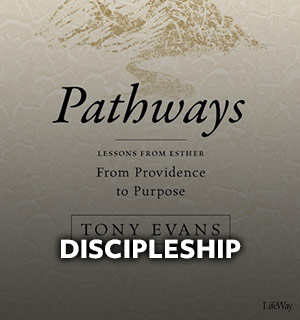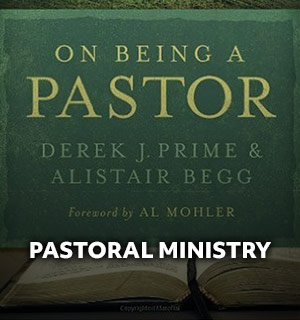
As our children and students learn about school shootings, parents and pastors can help them process their emotions and turn to God.
By Lisa Cannon Green
After hearing about school shootings, children may be frightened or angry. How should parents—or pastors—respond?
The first step is simply to listen, says Joshua Straub, a trained trainer for the International Critical Incident Stress Foundation in Responding to School Crises, is author of Safe House: How Emotional Safety is the Key to Raising Kids Who Live, Love, and Lead Well.
“No matter the age of your child or teenager, seek to understand their inner world before trying to get them to understand our outer world,” says Straub.
He offers this age-specific advice for adults talking to children and teens about one of the most difficult topics today.
Pre-K through age 6
Younger kids are unlikely to understand the complexities of what’s going on with mass shootings. Unless you, or a family you know, were directly affected, the American Academy of Pediatrics suggests not bringing it up with younger children.
However, if your kids ask questions, especially those in the age 6-8 range, keep the story simple and factual. Don’t lecture. Keep your story to no more than 2-3 sentences and allow your last sentence to tell the heroes or good coming from the story.
For a litmus test: Think about your children lying in bed alone tonight. What story will they be repeating in their heads based on what you say?
If they begin to worry, there’s no better time than now to help them verbally label emotions like fear, anger, disappointment, and anxiety. Allow them to ask questions. This age is critical for neural integration—making sense of our feelings through language processing.
Ages 7-11
This is not much different from pre-K to age 6. Shield your child from graphic images and commentary. Keep the news cycle to a minimum and out of earshot of your kids. Safely allow them to talk about emotions, thoughts, or questions they have.
Keep your normal routines as a family. If your kids do see images, try to show them pictures of the heroes as well. Remember, the opposite of fear is love (1 John 4:18).
Ages 11-14
Again, see pre-K through age 6 above. Since middle schoolers are likely more aware of events in the news, how we process with them is similar.
Be assertive and ask them what they heard. Listen to how they are processing it. Allow them to ask questions and answer them to the best of your knowledge.
Use this as an opportunity to establish and talk to them about your family values. Allow your kids to provide input.
Talk to them about how your family, based on values, responds in difficult situations (i.e., prayer, sending letters, volunteering locally). This is a very helpful way to separate emotion from action and teach your growing middle schoolers about empathy.
Ages 15-18
Chances are teenagers don’t just want to talk about what happened—they want to do something about it. I love this about today’s teenagers.
Instead of getting into political debates about a given situation, listen to how your teenager is processing events. Again, listen, understand, and help them put words to what they feel.
Then, guide the conversation on how they can take a more active role in being a leader in their community and a voice for love locally.
For more advice on talking to kids and teens, visit Straub’s blog.
Related: 7 Ways to Help Children Deal With Tragedy








